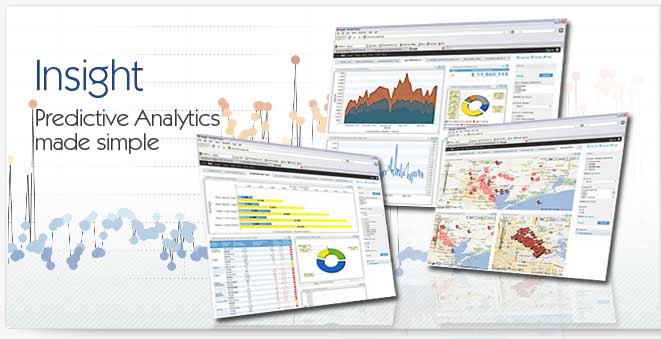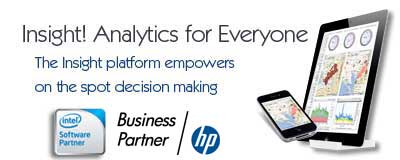Definition of Dashboards and Scorecards
Dashboards and scorecards are representations of data in the form of charts, graphs, key performance indicators and other visual data metaphors built into a dashboard presentation format, typically as part of a business intelligence system. A dashboard and scorecard strategy is typically important to businesses that need to have accurate information about the operation of the business and its performance as measured against a pre-determined set of guidelines and metrics. Dashboards and scorecards have become increasingly popular over the past five years.
Uses for Dashboards and Scorecards
The biggest driver for the adoption of dashboards and scorecards has been the large expansion of data availability in corporate environments, and the need for faster decision-making tools and methodologies driven by increasing competitiveness across markets and the requirement for rapid decision making. The adoption of dashboards and scorecards allows organizations to make decisions based on how closely or far from pre-determined goals actual company results stray. Dashboards and scorecards allow for significantly faster decision-making processes.
Tools For Dashboards and Scorecards
There are a number of tools for dashboards and scorecards ranging from simple spreadsheet application to enterprise-wide business intelligence platforms. While dashboards and scorecards can be achieved through spreadsheet applications the process is time consuming and labor intensive and tends to make the dashboards and scorecards time-latent, that is, the data on the dashboards and scorecards is not updated in or near real-time. Business intelligence platforms allow for faster deployment of dashboards and scorecards while also enabling much faster flow of data.
Getting Data for Dashboards and Scorecards
The data the the dashboards and scorecards are based on is often found in other systems within the organization; for example an ERP system or a CRM system. One of the biggest challenges of past software for dashboards and scorecards has been the development of support-systems like data warehouses, collectors of data required to provide traditional dashboard and scorecard software with the necessary data to keep the information on the dashboards and scorecards accurate and updated. New platforms like EMANIO's Context! platform allow for the elimination of the data warehouse by allowing organizations to tap directly into production systems.
Getting Started with Dashboards and Scorecards
When getting started with dashboards and scorecards companies should begin by assessing the need for metrics in the organization. While having accurate and timely reports of data along with key performance indicators is a useful tool there is a danger of over-emphasizing information that is either not relevant or not useful to the mangers. A proper deployment of dashboards and scorecards should take this into account and deploy with a phased methodology that brings additional data on board as the users become accustomed to available information and as the organization identifies the proper metrics to track.
|



